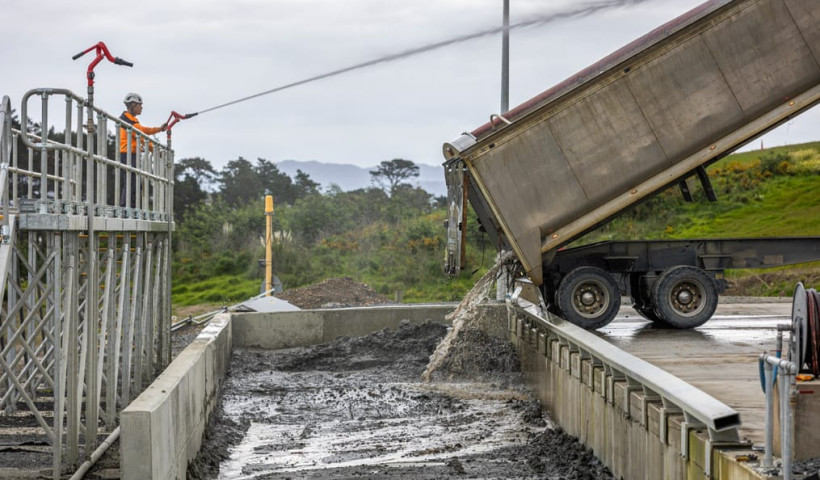
The design and construction of handrails and balustrades is a crucial issue that may expose an architect, designer, specifier, builder or contractor to expensive litigation if poorly thought out, executed, and especially if failure occurs. More significantly, there is a serious emotional and financial cost associated with injury, permanent disability, or death should this design element be overlooked.
Architectural handrails and balustrades are an essential part of the building design, so it is important to choose a material that complements your design goals. The end result must deliver on the design vision and satisfy the building owner’s design requirements. The selected material must be functional rather than merely decorative, perform in accordance with safety requirements, and live up to all expectations in terms of appearance and durability. Even the smallest details, such as delivering a flush connection and a smooth continuous rail, are all essential to avoiding injury.
To achieve these outcomes when selecting materials for a balustrade or handrail, it is important to consider the rail’s primary use, whether it will be used internally or externally, the environment in which it will be used, and the finish you want for your design.
Our latest guide, 'Material Selection for Handrails and Balustrades', discusses all the factors you need to consider when selecting materials for handrails and balustrades.
Moddex has had the opportunity to work within diverse industry sectors, collaborating with clients across different industry spaces such as three-waters, education, multi-level commercial construction, road, and rail, where they have tailored unique solutions for different applications and environments.
Our newly-released specifier’s guide covers the importance of assessing site conditions and identifying materials that can withstand corrosive environments as well as the range of design considerations relevant to selecting materials for handrails and balustrades, including the intended use, fixings and connectors, structural properties, details, finishing and aesthetics, and finally, they include a comparison of the common handrail and balustrade materials with respective pros and cons — an important quality consideration.













 Case Studies
Case Studies













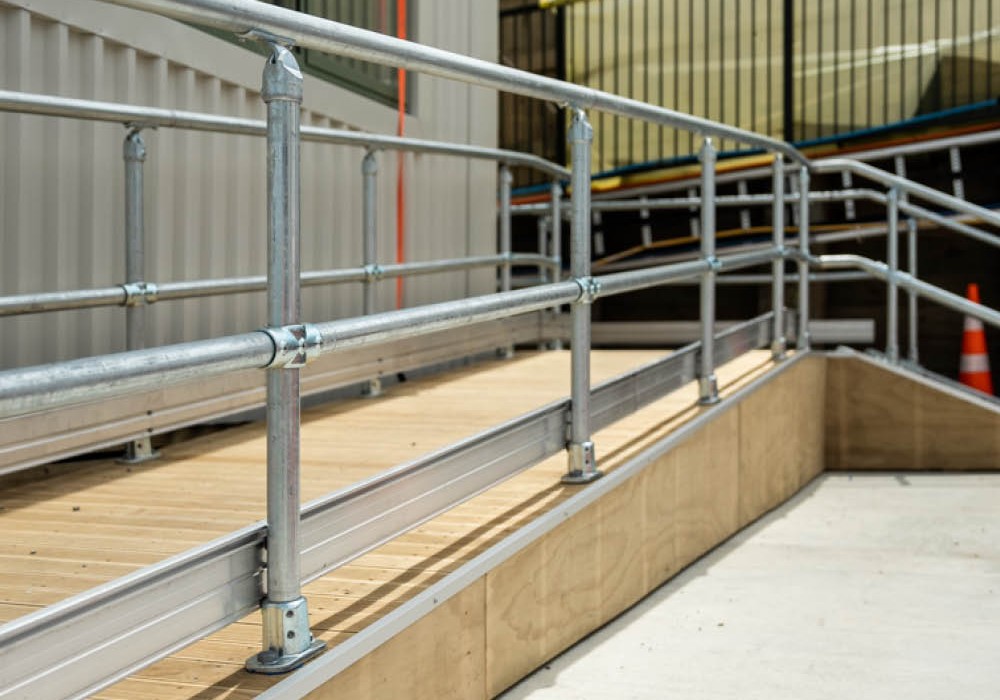
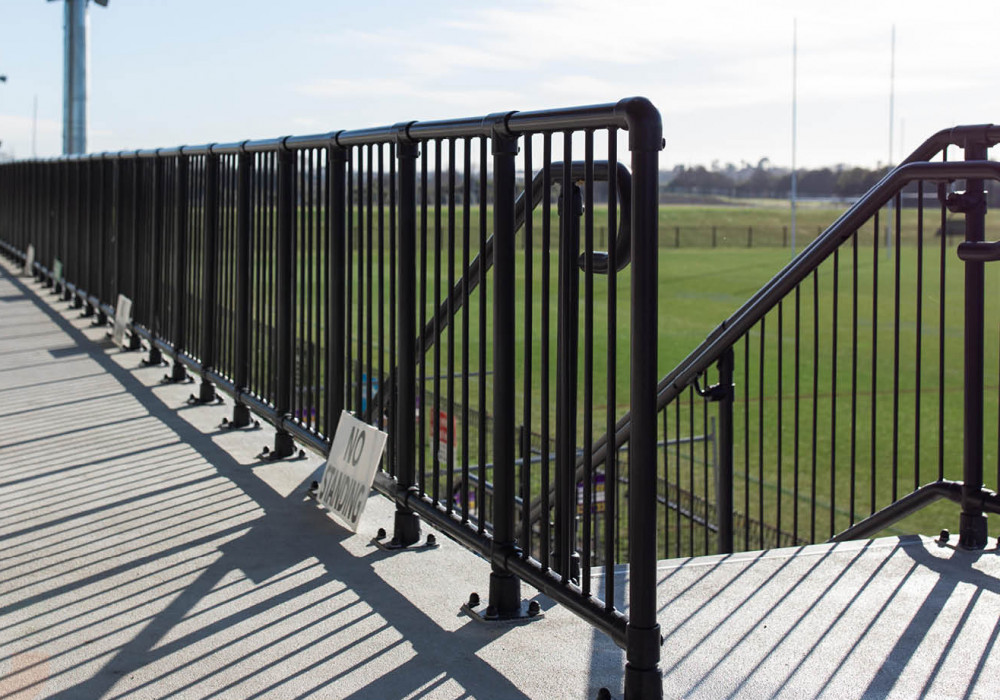
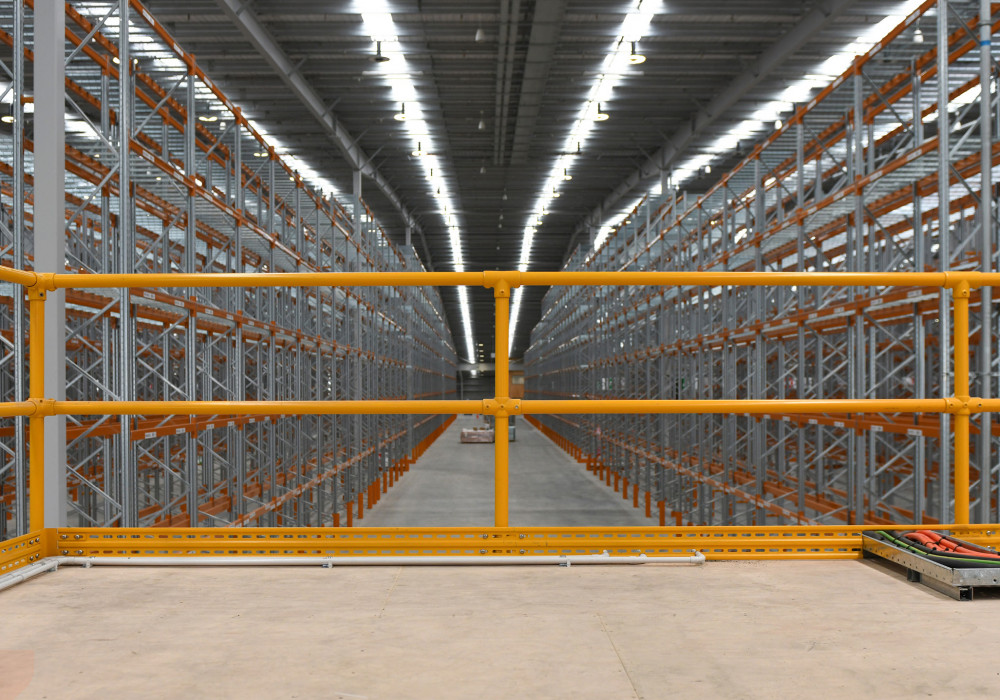



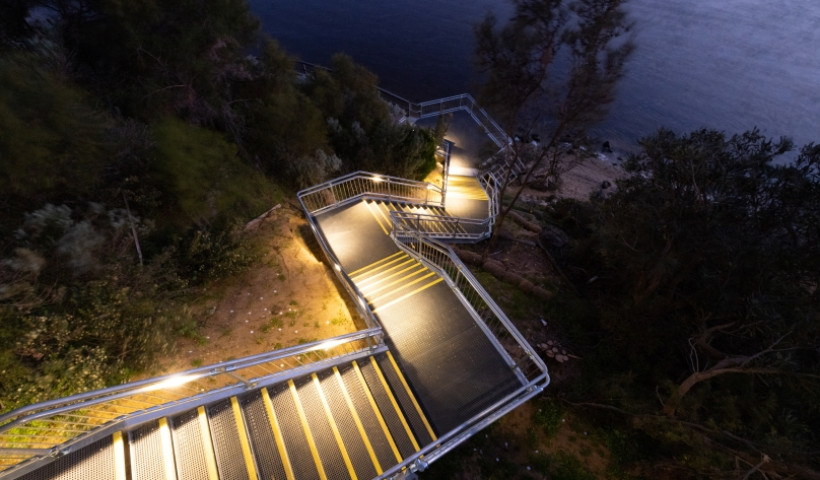
 Popular Products from Moddex
Popular Products from Moddex


 Most Popular
Most Popular


 Popular Blog Posts
Popular Blog Posts